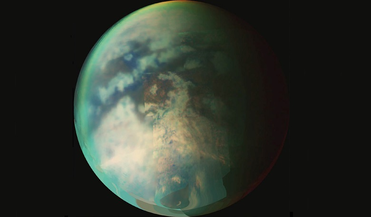 June 2020
Titan’s evolving atmosphere
June 2020
Titan’s evolving atmosphere
... rich soup of chemicals on Titan (that form a path to prebiotic molecules) differ from known abiotic organic material in meteorites - knowledge that will help contribute to our understanding of the origin of life in the solar system. About the...
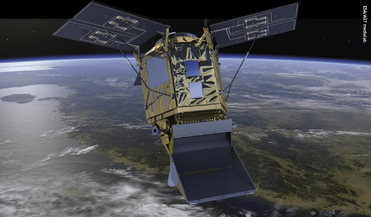 February 2022
Building space-qualified detector chips
February 2022
Building space-qualified detector chips
... image is about 22 km in diameter. It was most likely formed 140 million years ago by the impact of a large comet or meteorite. The intense colours of the image represent the mineral composition of the land surface, which is clearly visible...
 May 2022
Multinational training for interplanetary spaceflight crews
May 2022
Multinational training for interplanetary spaceflight crews
... of the immediate social environment; the feeling of separation from the Earth; a permanent real threat to life (radiation, meteorites, chances of dangerous contact with new life forms, etc.) and a state of anxiety and wariness, which can...
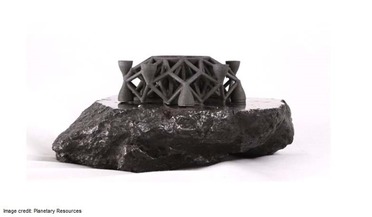 11 January 2016
Space Mining company showcase the first 3D printed object made from asteroid metals
11 January 2016
Space Mining company showcase the first 3D printed object made from asteroid metals
... in the Universe is simply the next step in expanding our presence beyond our own planet. The asteroid (or meteorite) used by Planetary Resources and 3D Systems for the print materials was sourced from the Campo Del...
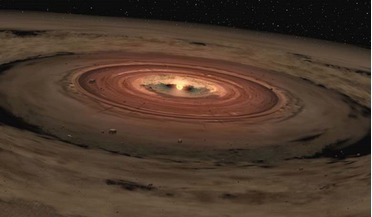 04 April 2016
Astronomers have for the first time found gas-phase ammonia in a protoplanetary disc
04 April 2016
Astronomers have for the first time found gas-phase ammonia in a protoplanetary disc
... found in the atmospheres of some of the planets. It is also one of the dominant compounds found in some carbonaceous chondrite meteorites that have crash-landed in various locations on Earth. The amount of nitrogen in our solar system, along with...
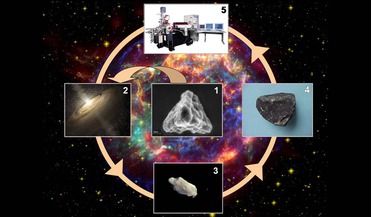 09 May 2016
Ancient silicate grains reveal histories of stardust in the Galaxy
09 May 2016
Ancient silicate grains reveal histories of stardust in the Galaxy
... diagnostic of the type of star from which they came. “About 1 in every 5,000 silicate grains from the meteorites we studied was produced by another star before our Solar System formed. After analyzing millions of silicate grains...